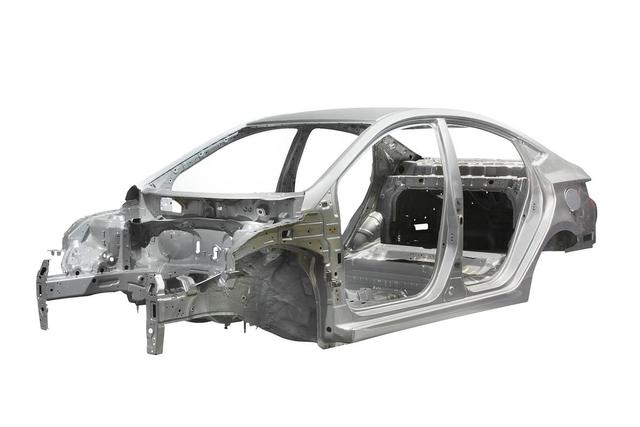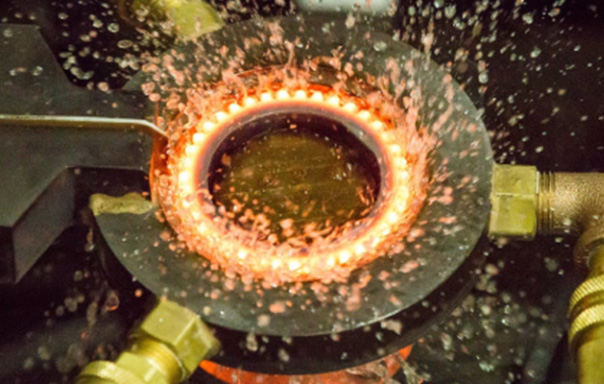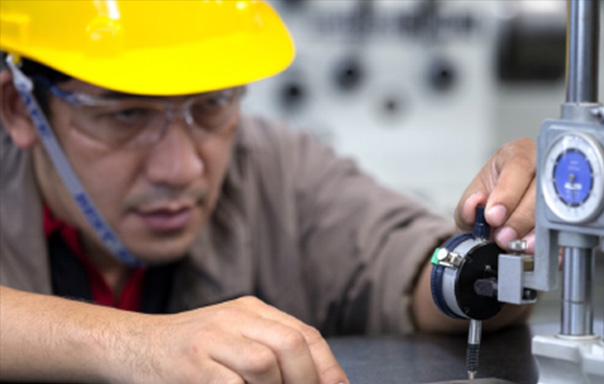Daily press, 2025-08-07, 03:27 pm
On the Technological Breakthroughs and Application Value of Hot-Formed Steel in Automobile Manufacturing
Modern automobiles have achieved significant improvements in safety while realizing lightweighting, and the key to this technological breakthrough lies in the extensive application of hot-formed steel. As a core material in the automotive manufacturing industry that balances lightweighting and high safety, hot-formed steel is profoundly changing the technical path and industrial pattern of automobile manufacturing.
Hot-formed steel, also known as boron steel or B steel, is an indispensable key material in the process of automobile lightweighting. Taking the commonly used 22MnB5 model as an example, its chemical composition includes 0.23% carbon, 0.25% silicon, 1.2% manganese, 0.003% boron and other elements. Among them, the addition of boron can significantly improve the hardenability of the steel plate, laying an important foundation for the subsequent heat treatment process. The performance of this steel before heat treatment is close to that of ordinary high-strength steel, with a yield strength of 280-450MPa, a tensile strength of more than 450MPa, and an elongation of 20%. After heat treatment, its performance has achieved a leapfrog improvement: the yield strength jumps to more than 950MPa, the tensile strength exceeds 1300MPa, and the improvement range is as high as 2.5 times.
The manufacturing process of hot-formed steel reflects the precision level of modern metallurgical technology. The production process starts with blanking sheet processing, and then enters the key heat treatment stage: the initial ferrite and pearlite structures complete austenitization at a high temperature of 930-950℃, when the material's plasticity reaches the best state; followed by hot stamping forming, with the help of the cooling system in the mold to achieve rapid quenching of the material, transforming it into an ultra-high strength martensite structure; the final laser cutting process effectively avoids the severe wear of the mold caused by traditional cold stamping. Through this series of precision processes, the tensile strength of the finished part can reach 1500MPa, and the surface hardness can reach 52HRC.
In terms of performance, hot-formed steel exhibits a number of excellent characteristics: its tensile strength is 1300-1600MPa, which is 3-4 times that of ordinary steel. It can withstand a pressure of more than 10 tons per square centimeter, and while having hardness close to that of ceramics, it still retains the excellent toughness of steel. This performance advantage is directly translated into the improvement of automobile safety - in the event of a vehicle collision, key structural components such as A-pillars, B-pillars, and C-pillars made of hot-formed steel can effectively maintain the integrity of the vehicle body structure and provide a reliable safety protection space for the passenger compartment.
The application of hot-formed steel also brings significant lightweight benefits. Taking the typical B-pillar design as an example, the traditional scheme requires the combination of multiple parts to realize the function. After using hot-formed steel, 5 parts can be reduced through the integral forming process, with a weight reduction of about 4.5 kilograms. Models such as Magotan have achieved a vehicle weight reduction of nearly 10 kilograms by applying hot-formed steel. According to test data, for every 1% reduction in automobile weight, fuel consumption can be reduced by 0.7%, so lightweighting makes a significant contribution to energy conservation and emission reduction. In addition, the hot forming process has solved technical problems such as difficult forming and serious springback of high-strength steel, enabling the one-time forming of complex shapes and effectively improving production efficiency.
As an important breakthrough in automotive material science, hot-formed steel has successfully balanced the dual technical requirements of lightweighting and safety. With the increasingly strict environmental protection regulations and the continuous improvement of consumers' safety demands, the application of hot-formed steel in future automobile design will be more extensive, continuously promoting the automotive industry to develop in a safer and more environmentally friendly direction.
Related Reading





